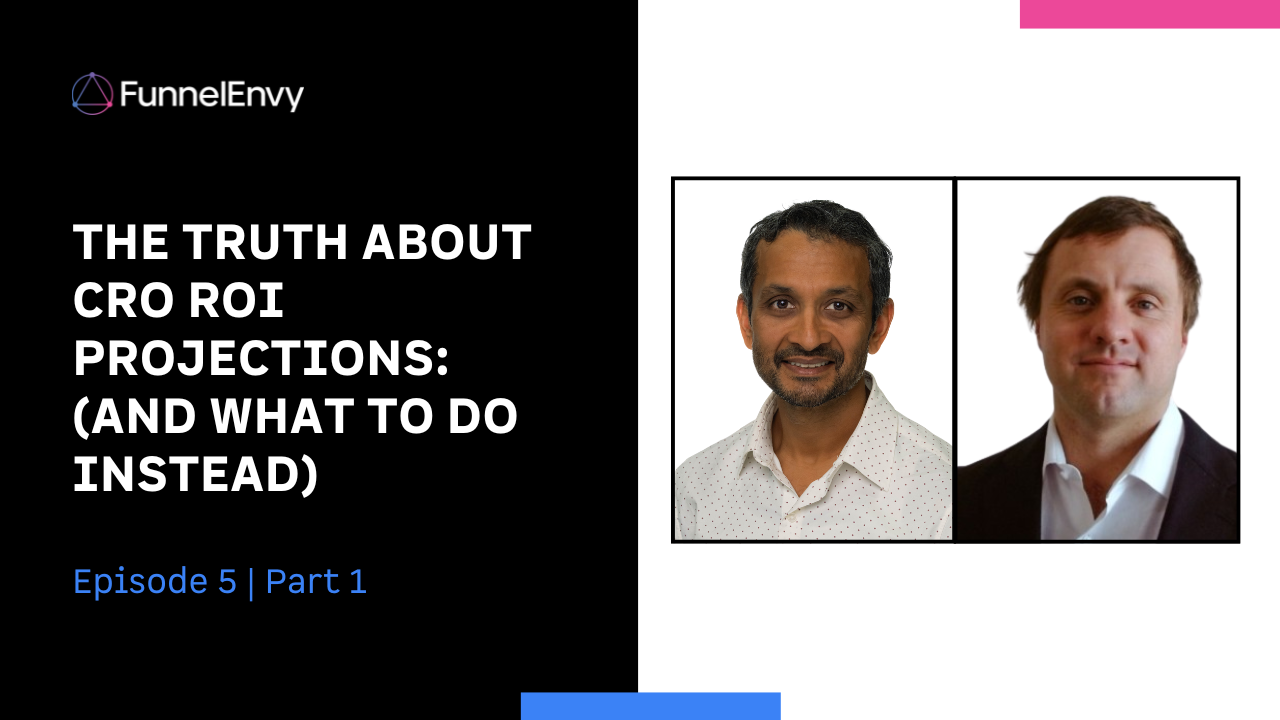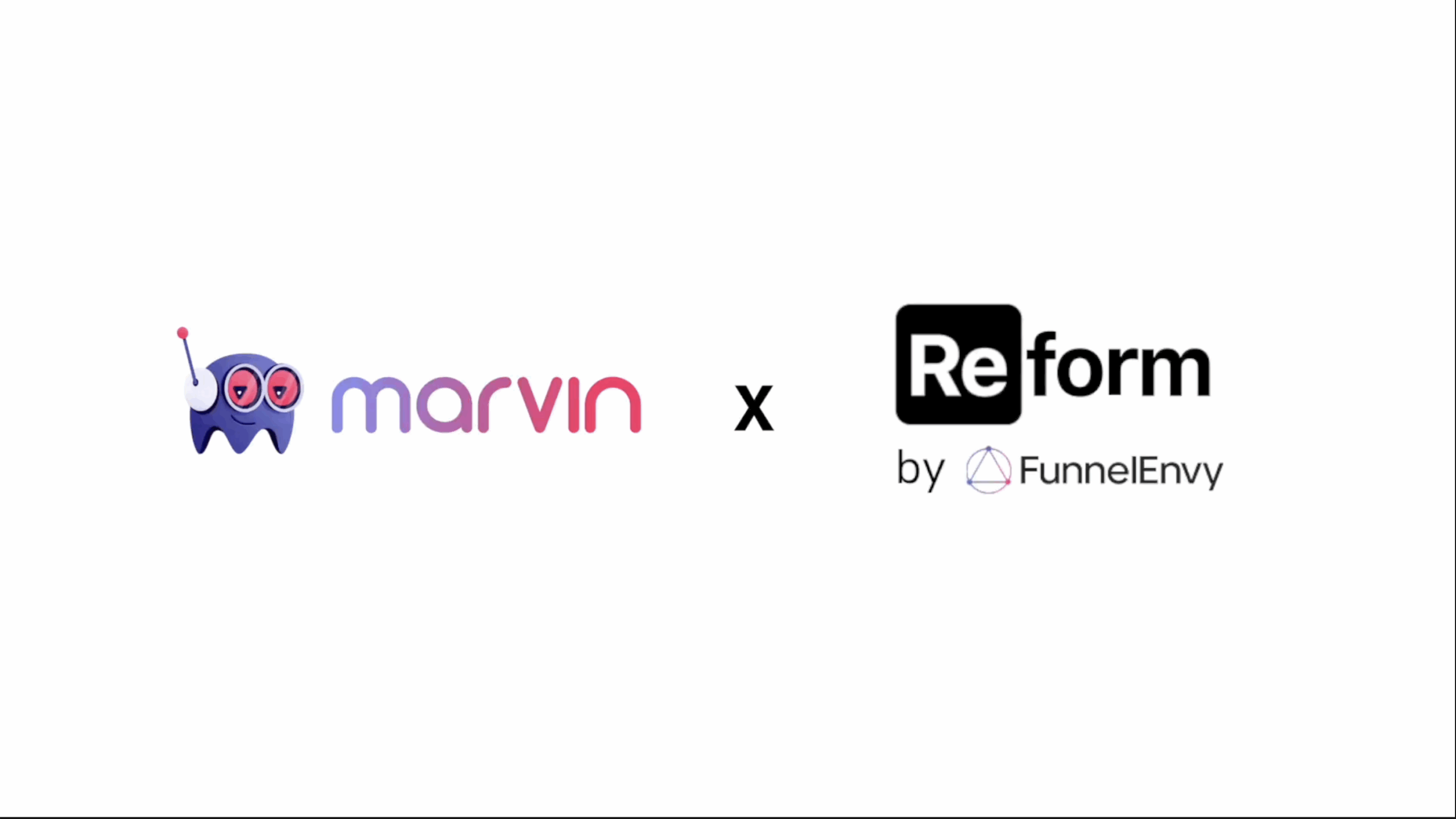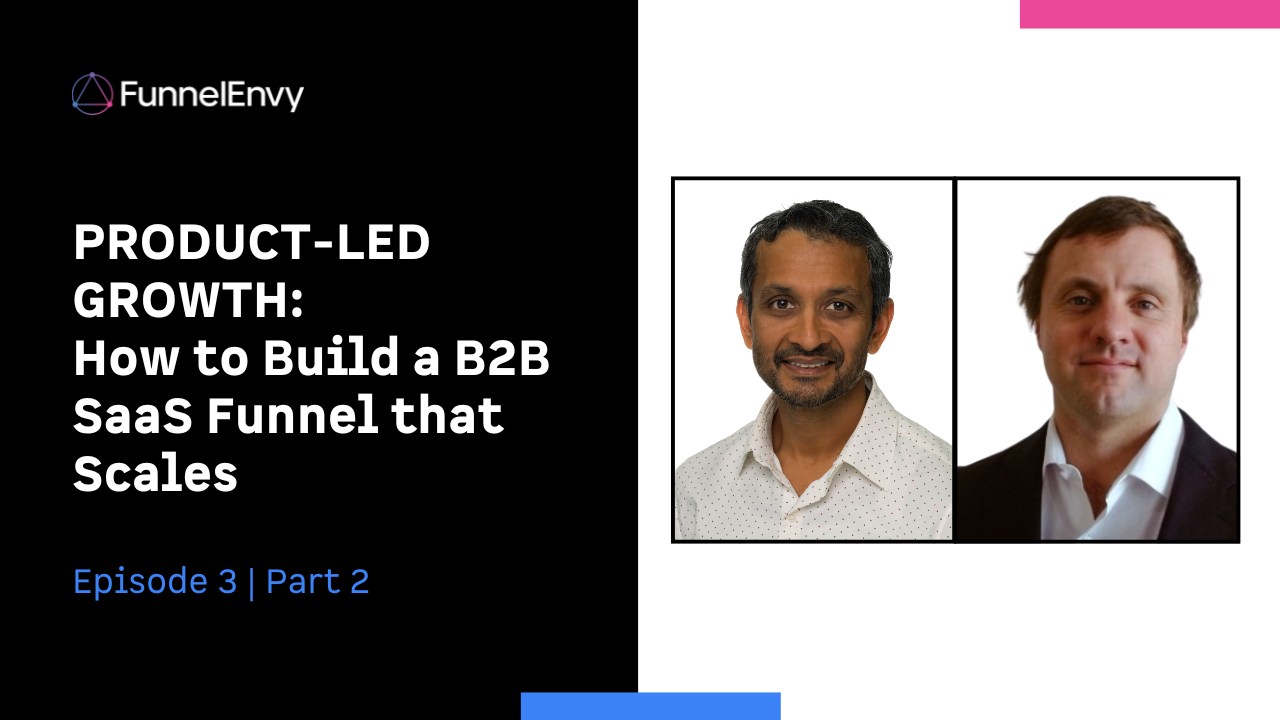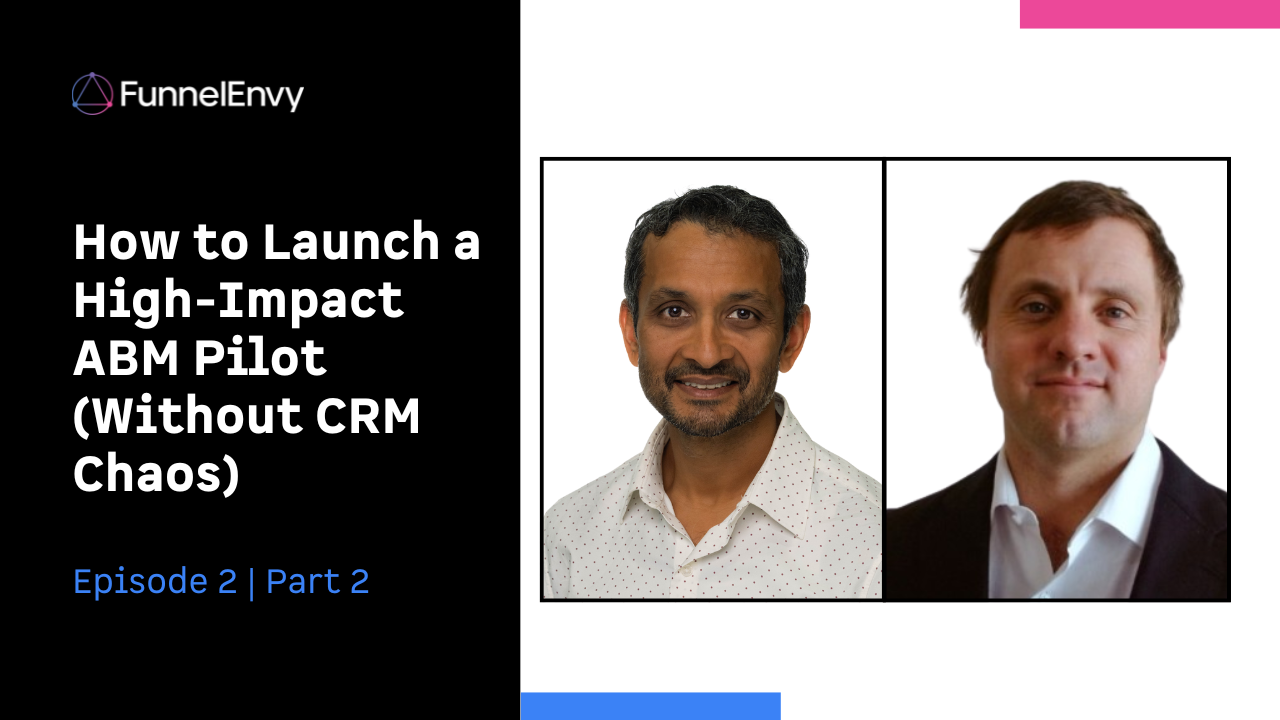The Future of Marketing Measurement: Why Every B2B Team Needs to Understand Marketing Mix Modeling and Incrementality Testing
Why Marketing Measurement Is Broken
If you’ve ever tried to justify your marketing spend to your CFO, you know how hard it is to answer: “What’s really driving revenue, and where should we invest the next dollar?”
Most teams rely on dashboards, attribution tools, and endless reports that show activity but not true impact. As guest Pranav Piyush, Co-Founder and CEO at Paramark, explains the real problem isn’t the lack of data, it’s the lack of a scientific framework to interpret it.
That’s where Marketing Mix Modeling (MMM) and Incrementality Testing come in.
What Is Marketing Mix Modeling (MMM)?
MMM is a top-down statistical approach that uses correlations in historical data to estimate how each marketing channel contributes to revenue outcomes.
Think of it as running a scientific A/B test across your entire marketing mix, not just your website. MMM applies mathematical and statistical methods to understand the real impact of marketing.
Unlike traditional multi-touch attribution (MTA), which tries to stitch together every click and touchpoint, MMM looks at the bigger picture.
As Pranav put it: “If it was possible to perfectly stitch together every user journey across devices, who wouldn’t want that? The problem is, it’s not possible. MMM accepts that incompleteness and deals with it.”
What Is Incrementality Testing?
Incrementality testing measures the actual causal impact of your marketing campaigns.
Most marketers don’t realize they can launch self-serve conversion lift studies directly in platforms like Meta and LinkedIn. These studies split your audience into test and control groups to determine how much incremental lift your ads drive, just like a website A/B test.
You don’t need external tools. You just need to be comfortable with Conversion API setup and know what success signals to track.
This kind of testing gives you real answers to questions like: Did that ad campaign actually cause more conversions? Or would those have happened anyway?
When Are You Ready for MMM and Incrementality Testing?
Not every company is ready to invest in MMM. According to Pranav and Jason Hart, Principal Consultant at Domain Methods, these are the key readiness indicators:
- You’re spending at least a few million dollars per year across multiple channels
- You have 18-24 months of historical marketing data
- You’ve built a marketing data warehouse and reporting infrastructure
- You have a dedicated analytics or marketing ops function
- Your mix includes a variety of upper- and lower-funnel channels
If you’re earlier-stage or only spending across 1-2 channels, focus first on running incrementality tests using native platform tools.
As Jason emphasized: “Your results are going to vary depending on how clean and consistent your data is. MMM only works if your data house is in order.”
Why Most Companies Fail at Experimentation
The biggest obstacle isn’t technical, it’s cultural.
Top tech companies like Amazon, Uber, and Booking.com publish their experimentation stats. They only see statistically significant lift in about 10–20% of their tests.
That doesn’t mean experimentation doesn’t work. It means most ideas don’t win—which is exactly why you need experimentation in the first place.
If leadership (CEO, CMO, CFO) expects 100% win rates, they’re not ready to support a real test-and-learn culture.
Pranav’s advice:
- Start with top-down buy-in
- Allocate at least 10% of budget to experimentation
- Get comfortable with uncomfortable truths, like what would happen if you stopped marketing altogether
The Data Foundation That Makes It All Possible
Before you can implement MMM or reliable incrementality testing, your data needs to be centralized, clean, and complete.
Most marketing teams still operate with data siloed across platforms like LinkedIn, Google Ads, Salesforce, and spreadsheets.
What you need instead:
- Centralized data in a warehouse
- Consistent definitions for key metrics (leads, pipeline, revenue)
- Historical depth (at least 6–8 quarters of reliable data)
- Internal alignment between marketing and finance teams
If you try to implement MMM or AI-driven analytics without that foundation, the results will be misleading at best, and damaging at worst.
Takeaways for B2B Marketing Teams
- Marketing Mix Modeling offers a scalable way to understand what’s actually working across your full mix
- Incrementality testing lets you prove causality, without relying on black-box attribution
- Both require clean data and internal alignment
- True measurement starts with cultural commitment to experimentation and truth-seeking
- You don’t need expensive tools to get started, LinkedIn and Meta now offer built-in lift testing options
Next Steps: Build Smarter Measurement Systems
- Run a native lift test on LinkedIn or Meta to see how incrementality testing works
- Centralize your marketing data in a warehouse and clean up your key metrics
- Align your marketing, analytics, and finance stakeholders on what success really looks like
- Start building a roadmap of channel-level experiments based on measurable business outcomes
Download the Lead Conversions Playbook: Reform’s Lead Conversions Playbook gives you the exact experiments we’ve used to consistently drive high-quality, sales-accepted leads for B2B companies.
Free resource: Website Optimization Quick Wins Playbook
Get 24 tactical website experiments designed to drive more pipeline, without touching your backend.









